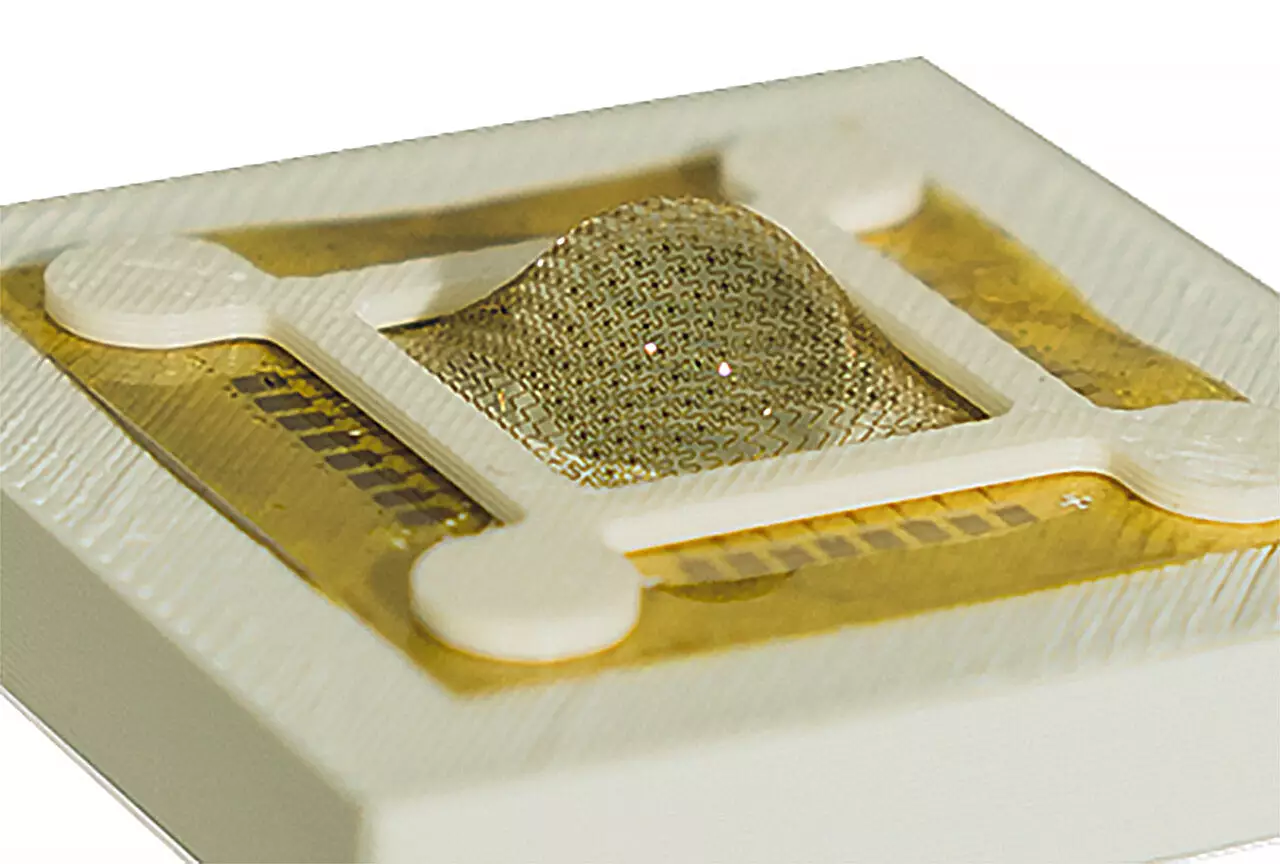The development of self-driving cars has faced challenges due to the limitations of their visual systems. These systems struggle to process static or slow-moving objects in 3D space, similar to the monocular vision seen in many insects. While insects like the praying mantis have compound eyes that provide wide motion-tracking and field of view, they lack depth perception. This gap in understanding has led researchers at the University of Virginia School of Engineering to explore new solutions.
Taking inspiration from the praying mantis’s vision system, the research team has developed artificial compound eyes that mimic nature’s capabilities. By integrating microlenses and multiple photodiodes, the team created a system that replicates the binocular vision and depth perception found in mantis eyes. The use of flexible semiconductor materials to emulate the eye’s geometry has allowed for a wide field of view and superior spatial awareness.
The breakthrough in this research lies in the integration of flexible semiconductor materials, conformal devices, in-sensor memory components, and unique post-processing algorithms. By continuously monitoring changes in the scene and encoding only essential information, the system significantly reduces power consumption compared to traditional methods. This approach reflects how insects perceive the world, focusing on motion and spatial data to understand their surroundings.
Unlike traditional visual systems that rely on cloud computing, the system developed by the research team can process information in real-time. This not only eliminates the time and resource costs of data transfer but also minimizes energy usage. The combination of advanced materials and algorithms enables efficient and accurate 3D spatiotemporal perception, essential for applications like self-driving vehicles, drones, robotic assembly, surveillance systems, and smart home devices.
The work carried out by the team represents a significant scientific insight that could inspire other engineers and scientists facing complex visual processing challenges. By replicating the natural capabilities of insects like the praying mantis, they have demonstrated a biomimetic solution that overcomes the limitations of current visual systems. This innovative approach not only enhances spatial awareness and depth perception but also reduces energy consumption and processing lag times.


Leave a Reply